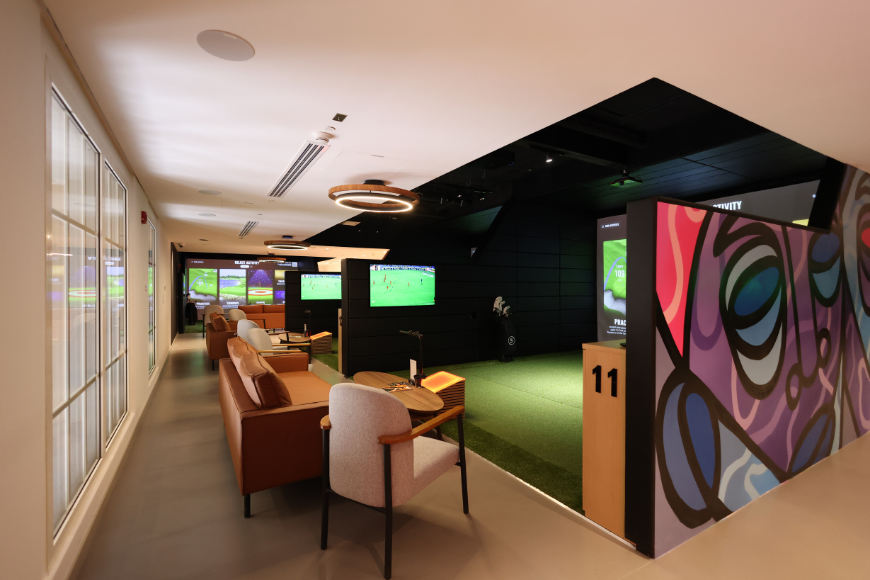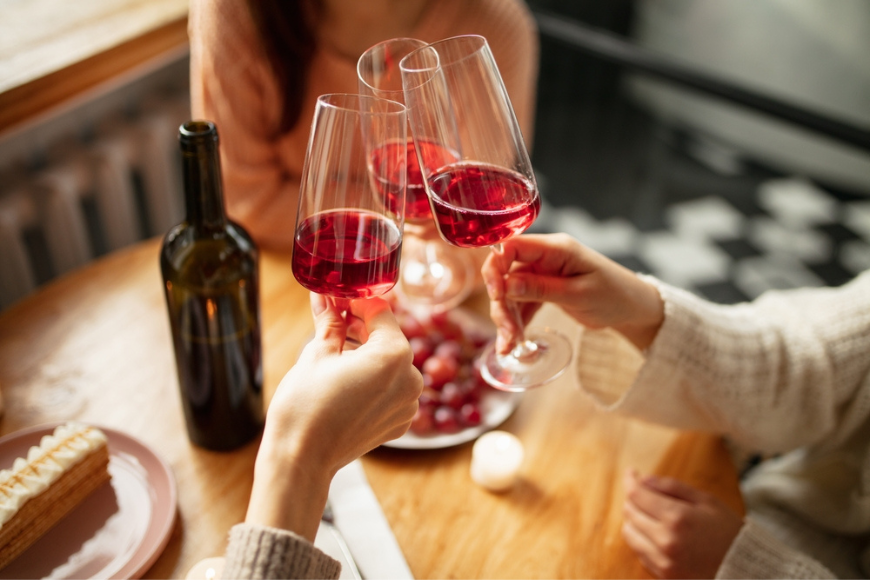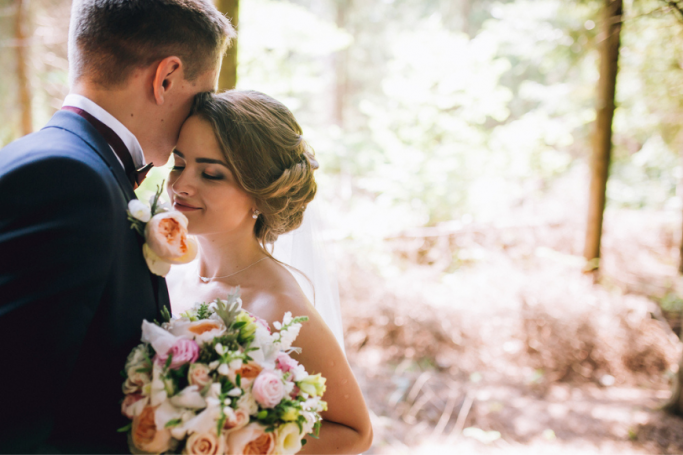30 July 2013
| Last updated on 19 January 2020Plants That Beat The Heat
If you have been trying to grow your own plants on your balcony or in your garden and have just lost lots of them over the summer- you are not alone! Here we take a look at the hardiest plants that can survive a Dubai summer. Succulent plants, also known as succulents or fat plants, are water-retaining plants adapted to arid climates or soil conditions. Succulent plants store water in their leaves, stems, and also in roots. Many succulents come from the dry areas of the tropics and subtropics, such as steppes, semi-desert, and desert. High temperatures and low rain fall force plants to collect and store water to survive long dry periods- sound perfect for Dubai!
If you want your garden or balcony in the UAE to look great all year round, try planting the following…
Tradescantia Pallida- Purple Heart or Purple Queen

You will see these plants used as order plants in many of Dubai’s parks and road sides. They are a beautiful deep purple colour if planted in direct sunlight. If they are in slight shaded areas they will have leaves with a mixture of green and purple. They produce lovely pink flowers at the end of their branches. These plants are very prolific and great for covering large areas or for use as a trailing plant in a hanging basket or high pot. If one of the branches snaps off you can just stick the end of it in the soil and the broken off branch will produce a new plant- great if you want another pot of this heat hardy plant. Don’t let your pets get near this plant though as it can cause irritation to them.
Philodendron Scandens- SweetHeart Plant

Philodendrons are a kind of tropical American vines of the arum family, often with leathery, heart-shaped leaves, used commonly as a houseplant. They are a trailing plant and look great in a hanging pot or a pot on a table or shelf. The Sweetheart Plant is a fast-growing climber and one of the most popular foliage plants for growing in a room or conservatory. It has long stems carrying glossy, green heart-shaped leaves on short stalks and has a luxuriant, lush habit of growth. They are very easy to care for and pretty much indestructible. The one pictured had been rescued and was more or less brown twigs and looked dead- but with a bit of TLC and watering the plant is now flourishing.
SEE ALSO: Garden pests in Dubai
Carissa Macrocarpa- Natal Plum

The Natal Plum is an evergreen, small thorny bush which develops white and pink flowers and dark red fruit. This plant is often used as a hedge plant as it is very tightly growing and has large thorns that serve as an intruder deterrent but can also be grown on a smaller scale in pots and it has the appearance of a small bonsai tree. Carissa Macrocarpa copes well with salt-laden winds, making it a good choice for coastal areas. It is commonly found in the coastal bush of the Eastern Cape and Natal in South Africa and loves high heat and humidity. The Natal Plum is a great choice as a hedge on your property or for growing in pots.
Hibiscus

Portulacaria Afra- Elephant Bush, Elephant’s Food, Dwarf Jade Bush

The Elephant Bush is a succulent bush with thick grey or brownish stems and fat, juicy, bright green leaves. Elephants eat it in the wild in South Africa- hence the name-it can get six feet tall if you let it. It needs bright light, heavy soil with excellent drainage, cool night temperatures and good air circulation. Drench and let dry- it will tolerate almost everything except overwatering. If you underwater the plant, the leaves will shrivel but will plump up again if you water before they drop off the plant. The small-leafed and variegated varieties are slower growing and appreciate having more attention. They can be pruned to a decorative bonsai style with the appearance of great age.




.png?itok=HBSyMDok)









































































.png)


























.png?itok=0fOAXkOm)

























.png?itok=EH_x0Pha)
